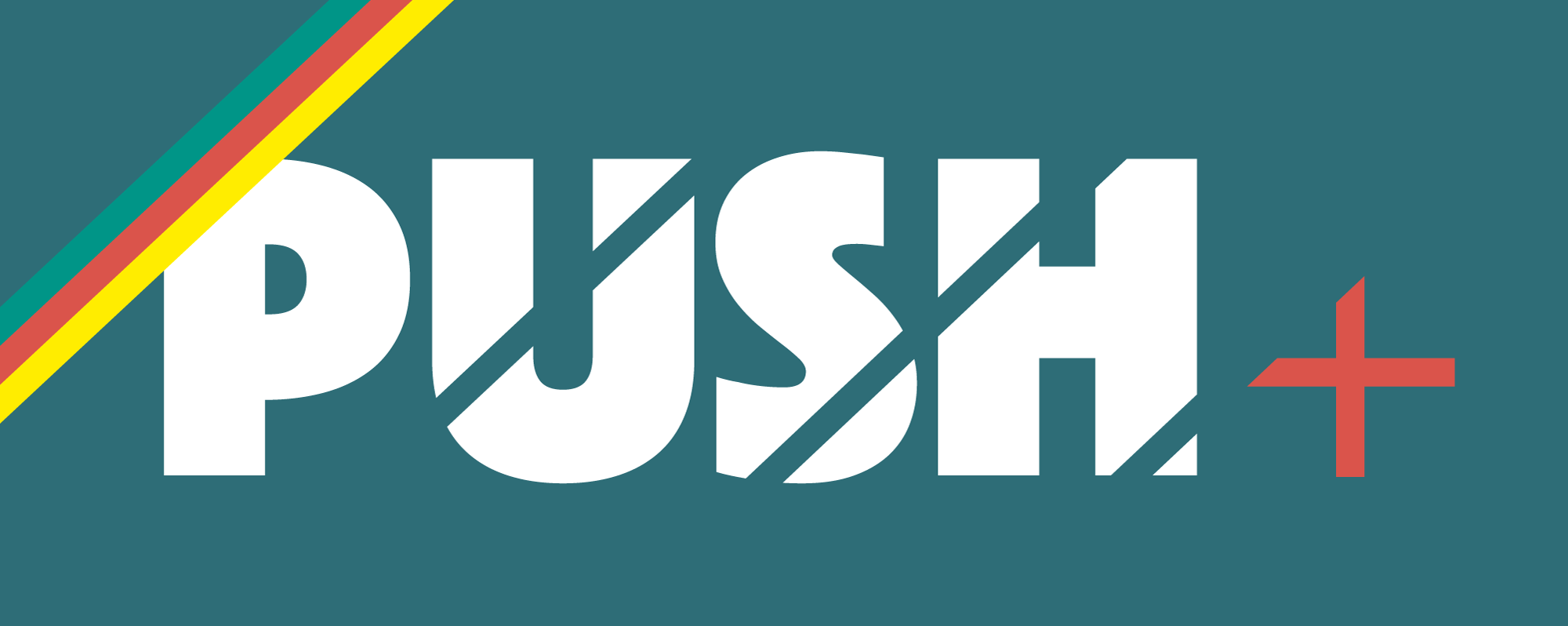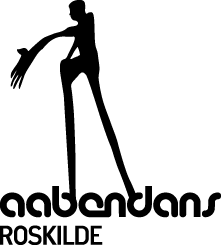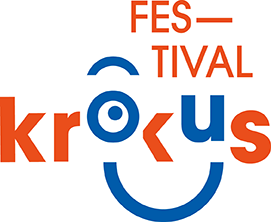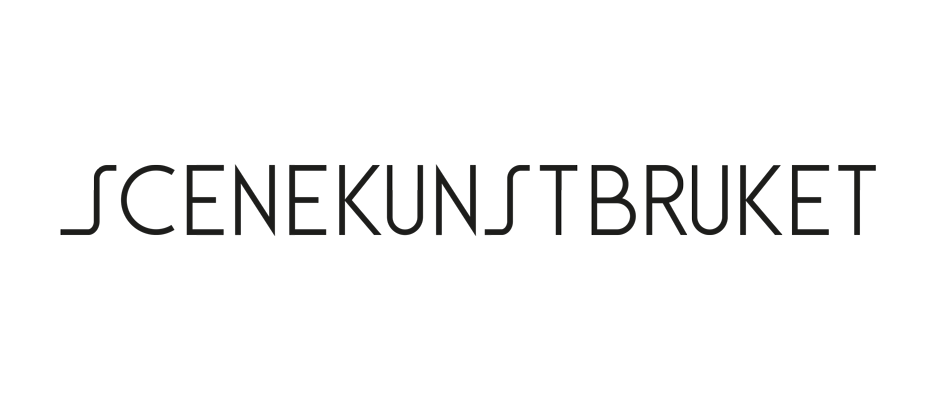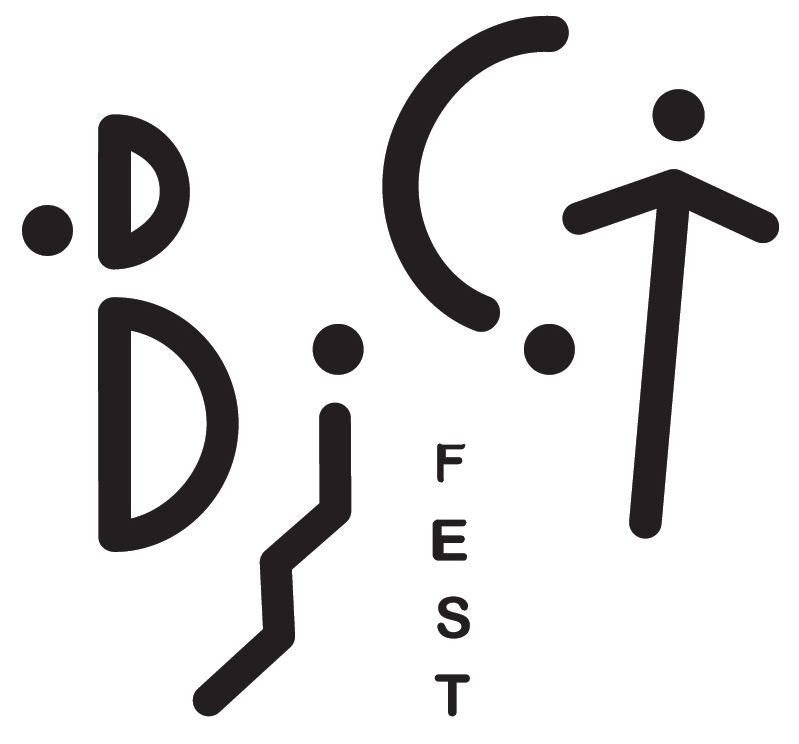By Geraldine Heaney, PUSH filmmaker and Hannah Venet, PUSH (over)protection Lab participant.
Geraldine and Hannah were also both Artists in Residence as part of Immerse.
If school is a place where we learn to be in the ‘real world’ can we teach the next generation of children that the ‘real world’ is centred on care, kindness, agency and interdependence?

Almost overnight life as we knew was changed in ways hard to imagine possible. It’s been proven that radical change can happen when necessary. There is need for more change and more action in our education system.
Theatres, museums and galleries are all closed. Community centres have been repurposed to meet immediate survival needs. Hospitality is doing its best to survive on take-aways. Play parks are covered in red tape. Is it time to reimagine art and its role in education? Can we move beyond the traditional spaces ‘where art happens’ and into the community?
Education is developing new models. Teachers, learners and families are adapting. How will the Creative sector shift and change and be connected with this? How are artists and arts organisations involving themselves in that conversation?
We have a workforce of enthusiastic, skilled and diverse creatives that are suddenly unessential and unemployed. Could we utilise this group of people who are interested and experienced in working with young people to help with the recovery of schools? Could they help implement a new education system that is more holistic, more inclusive, more creative and more collaborative? Could this better equip our children to live in the future that they will live in?
Could we create the role of Resident Collaborators in schools across the country?
 During recent months a wealth of online resources have been created for learning and consumption of the arts. However not everyone has access to internet or devices or capacity to be able to participate remotely. Can we democratise art and make it accessible to all by embedding it into our education system? Rather that creating more digital content, can art move into the real world, creating local, grassroots artist movements in schools, classrooms and in the wider community through the Recovery Curriculum?
During recent months a wealth of online resources have been created for learning and consumption of the arts. However not everyone has access to internet or devices or capacity to be able to participate remotely. Can we democratise art and make it accessible to all by embedding it into our education system? Rather that creating more digital content, can art move into the real world, creating local, grassroots artist movements in schools, classrooms and in the wider community through the Recovery Curriculum?
In the Scottish Government’s Initial Impact Assessment on the Strategic Framework for re-opening schools and ELC settings in Scotland it states:
- 20. Introducing a blended model of in-school and at-home learning will ensure almost all children and young people have access to some face-to-face learning from August onwards. Consideration is being given on how best to support children and young people who may be unable to attend the main school setting due to health, disability or shielding reasons.
- 21. Fundamentally all children have a right to play, to learning and experiences that meet their physical, social and cultural needs, and they have a right to associate with their peers.

We need to be together. We need to by physically distant. Connection is particularly crucial for those young people who are vulnerable and at risk at home but universally important for all our mental health. How do we find this vital connection? This question needs to be addressed in the recovery of education too. Could Resident Collaborators help to keep nurture, empathy and connection in face to face learning?
Our schools and classrooms are not built with social distancing in mind. Class sizes and spaces are going to have to be dramatically reimagined. Could we learn from Outdoor Educators and model that in our Primary and Secondary education? Can we shift to outdoor learning? Could Resident Collaborators be part of helping shift education outside to places and spaces that you might not expect?
Could artists/citizens/practitioners become Resident Collaborators? - A team of people who are part of each school community. They do not subscribe to the traditional adult/child hierarchy. They are there to support, collaborate and provoke pupils, teachers and the wider school community. Resident Collaborators will share the responsibility of all the unknowns schools are facing.
Support
Resident Collaborators are a resource for everyone. They will be in the classroom to support pupil’s learning. Support for teachers. Support for the focus of nurture across the school. Encouraging child led learning, play, discovery and creative bravery.
Collaboration
Collaboration with pupils on instigating ideas. Collaboration with teachers to experiment. Collaboration with the school community to explore new ways of working.
Provocation
Ask questions and see education and learning through a different lens. Resident Collaborators are not trying to fit in with the current education system but are there as a sounding board to question why things have to be the way they’ve always been, encourage local community engagement and ART as ACTION.
Can we shift the way we see art in society so that instead of creating ‘work’ as material and as product, art can be individuals, choices, decision making, ways of seeing the world and ways of creating a more sustainable, positive and egalitarian society? Art as collaboration so that artist practice becomes embedded into the everyday in our schools system, encourages creativity and brings about social transformation.
Action Boat started as a conversation between Hannah and Geraldine and is now growing into a collective of creative practitioners who connect with these ideas and want to be part of creating change.
To be part of the discussion get in touch: weareactionboat@gmail.com
Hannah Venet took part in the PUSH (over)Protection Lab in September 2017. You can read more about her here. Geraldine was the PUSH filmmaker. You can watch her PUSH films here and read about her here.
